CRN Exclusive: Dell EMC's Sakac On Partners' Path To Profits In The Cloud And Why The Channel 'Has To Be Disrupted'
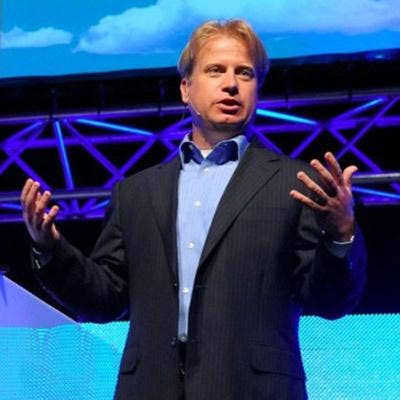
Charting Growth
Chad Sakac, head of Dell EMC's Converged Platforms and Systems business, estimates that in as little as four years, the majority of data center hardware could be sold as part of engineered systems and platforms for customers demanding turnkey solutions for their cloud-based businesses.
The transition is already putting intense pressure on vendors, as well as solution providers. Just last week, research firm Gartner's third-quarter data showed significant, across-the-board declines for the server market's major vendors in both revenue and shipments. Major solution providers also have posted steep declines as the market shifts, and many are wary of committing resources to hiring and development of a hyper-convergence practice before booking any revenue in that area.
"If their business was in the assembly of goods, packaging things together for purchasing or in assembly on-site, and that was the bulk of their value, that is getting to be harder and harder every single day," Sakac told CRN in an exclusive interview.
While Sakac, who became president of VCE, now known as the Converged Platforms and Systems Division of Dell EMC last January, recognizes that the vast majority of server and storage hardware sales still follow traditional patterns, growth in that market has all but stopped, he said. And while growth in converged and hyper-converged systems has been explosive, that play still represents a tiny fraction of the market.

The Road Map
Sakac recently laid out a roadmap that brings Dell EMC and its partners through five "stops," as he calls them, from traditional reference architectures through bundles, validated systems, engineered systems and platforms.
Here, he talks about how channel partners can achieve profits and growth as the market for engineered systems and platforms takes hold, but he acknowledges that solution providers, like vendors, have to make difficult changes in order to be successful in the cloud era.
What follows is an edited excerpt of Sakac's conversation with CRN.

The changes in the market are having a big bottom-line impact on solution providers. How can they enter the engineered systems space, or the platform space profitably?
As you go from stand-alone products to engineered systems and platforms, the margin model of the business actually improves, it doesn't decline. Fundamentally, you're doing more for the customer. If you think of other things that are platform businesses, they include things like Salesforce.com, SaaS, those are platforms. Hyper-scale cloud, those are platforms. When you look at the profitability envelope of those things, they actually match the profitability envelope that we see in enterprise hybrid cloud, which is that they're good margin and high-profitability businesses because the customers in essence are saying, 'Take this problem away from me so I can focus on other problems.' That's a big value statement. You're moving from components to outcomes. In any business, whether you look at retail goods or the automobile industry, the margin distribution is better as you're in the outcome business. You're delivering something that's of higher value to the customer.

Where's the opportunity for partners there? How can they capitalize on that shift?
It means a window for opportunity for partners in the middle of vendor and customer ecosystems. If their business was in the assembly of goods, packaging things together for purchasing or in assembly on-site, and that was the bulk of their value, that is getting to be harder and harder every single day. We want that partner ecosystem to succeed and to thrive, but it means their business has to be disrupted too. The strongest partners I see are building growing businesses above the engineered system lines and above the platform line. That's a skills shift. That's a business shift. I see people that build really good practices around enabling digital transformation on top of platforms. I see people building really good partner businesses around helping customers navigate around the hybrid- and multi-cloud world including SaaS. How do I figure out what workloads go where? I see them building incredibly high-value businesses around, not how do I build a data lake, but how do I get value out of data analytics? I see them building high-value businesses around IT services management.
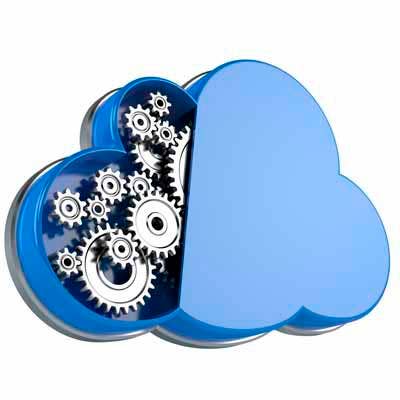
And those things essentially drag the actual engineered systems along with them?
Exactly. All of the examples I just gave you are above the engineered systems and above the platform lines. Those business are all growing for our partners, and they're dragging engineered systems behind them, which in turn drag products behind them. That's the order of winning. It's not the other way around. The difficulty that we face, and that the partner ecosystem faces, and also our customers face is that for the last few decades it's been the other way around. We've got human beings who have been trained for years to evaluate the technology at the component level and to operate that way. Partners have built their businesses around best-of-breed assembly, and their value proposition was built on the assembly of those components. While that's still the bulk of the business by dollars, it is no longer a source of growth.
And it's slowly going away.
Yeah. 'No longer a source of growth' is a nice euphemism for declining.

We hear a lot from solution providers about getting to the place you're talking about, but they're worried about things like hiring before they see revenue, for example.
The short answer to that is, 'yeah.' The longer answer is that these higher-value businesses that you create on top of engineered systems and platforms require a higher degree of unique skills. They require time, because inherently they're less transactional in nature. You have to hire, and build and plan strategically, but the reward at the end is a much more sustainable business and a business that's much more relevant for their customers, and it's a business that's high growth and high profitability. Some of them will make it and some of them will not. The same thing goes for us and our competitors. If we can't play at each of those five stops – stops one through three being the bulk of the revenue and stops four and five being the bulk of the growth – then shame on us. It's my mission in life to make sure Dell Technologies does that better than anyone else.
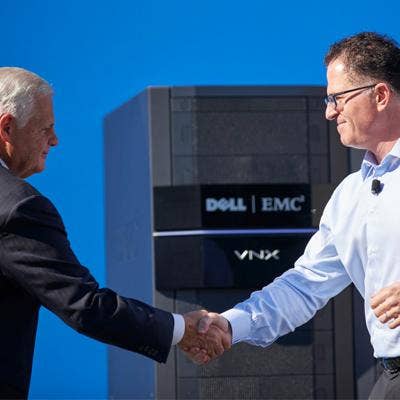
How similar or different are the strategies being used by Dell EMC, HPE, Cisco and other vendors in the market?
They're radically different. To win in stop four [engineered systems] and stop five [platforms], you have to have, more important than anything else, amazing software assets. HCI is mostly defined by software. The hybrid cloud stacks are mostly defined by software. We have got incredible assets in VMware, and the success of VxRail in just nine months is a rocket ship. We're almost now surpassing almost 7,000 nodes deployed, which is insane, from a cold start. We'll end this year with the XC business and the VxRail business being roughly the same size. Both of those are dependent on having incredible software assets. We're doing that ourselves, organically, but also in partnership. We do it with VMware, we do it in partnership with Nutanix. You cannot build a hybrid cloud without VMware, which we have organically. We're also going to do it in partnership with Microsoft and the Azure stack. Who else among our competitors has that software portfolio, inclusive of things like Cloud Foundry? You also need to be able to support a very high-touch go-to-market. We have a very high, strategic touch with our largest, most important customers.
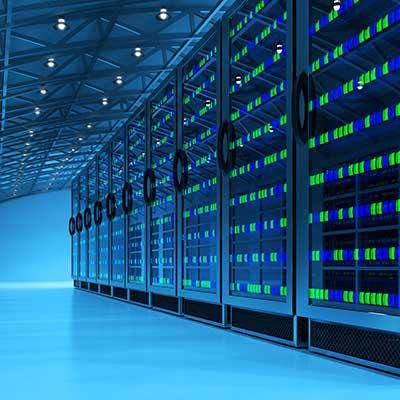
Does the shift in the market mean that Dell EMC and other vendors will sell fewer servers or storage units overall?
It results in a shift in how they're consumed. For example, there's a decline in stand-alone server array sales. There's an increase in arrays that are components inside VxBlocks. The other thing that is occurring, the server business is starting to become very fractured. There's a huge swath of general-purpose servers that are sold. There's a huge number, a rapidly growing number, of servers that are custom, or semi-custom that are sold to the hyper-scalers, or the sub-hyper-scale, large-scale content depots and others. There's an increasing number of server compute platforms that are built for SDS platforms or for HCI platforms. They haven't started to show up yet. The bulk of HCI or SDS today is built on the same commodity servers that you use for general-purpose rack-mount server. But you can count on the fact that there will be servers designed for HCI, designed for SDS in the future. The question for everyone is going to be how do you count that? Do you count that as a server? The customer bought a server, but the customer didn't buy it as a server, they bought as an HCI thing.
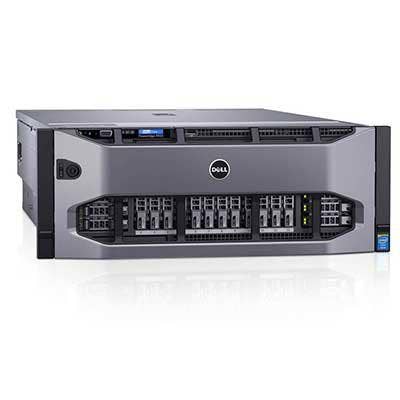
How long will it take for the market to get to the point where the majority of hardware sold is in engineered systems and platforms?
There's huge growth toward engineered systems. Much, much, much greater than the stand-alone products business. Stand-alone products are under huge pressure, server businesses, storage businesses, networking businesses, and you can see it in all of our competitors and from us, too. At the macro level, those TAMs are actually shrinking, not growing. But if you put all of that together, you end up with a picture where the engineered systems business is probably $6 billion in total, and about $2 billion in total for hyper-converged systems, but that's a fraction of the hundreds of billions of dollars in mix-and-match piece parts. So, how long will it take? By my estimation, it'll take at least four years for engineered systems and platforms to overtake by revenue volume reference architectures, hardware bundles and validated systems.

What kind of growth is Dell EMC seeing from the Converged Platforms and Systems Division?
We started the year with the converged infrastructure business being about a $3.4 billion business run rate in total. Since then, we've got three quarters behind us, and we're basically two-thirds of the way through the fourth quarter and we've got growth rates for the combined business that hover around 40 percent year over year, and we've seen that consistently over three quarters. The growth rate in CI, the Vblock and VxBlock business has started to slow down. At the start of the year it was north of 50 percent, and it's now hovering around 20 percent. The growth rate of HCI has been astronomical. The XC business is still growing north of 100 percent year over year and the VxRail and VxRack growth rates – and we really started in February – have been growing at north of 100 percent quarter over quarter. By the time we exit this year, the HCI business is going to composite north of around 25 percent of the total.
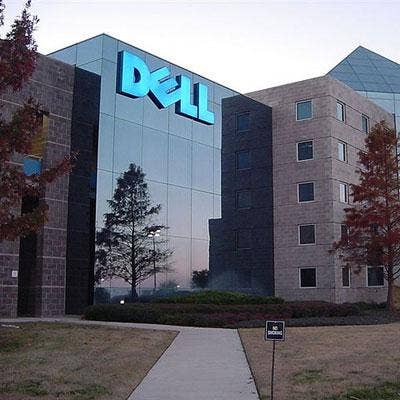
Is Dell EMC missing any of the pieces necessary for growth in hyper-convergence market?
What's fascinating is we've got the most important things as a technology company, as a technology innovator: We have a vision. Check. We've got technology and innovation engine. Check. We've got a great partner ecosystem. Check. We've got a great customer base. Check. We have the software assets. Check. To win HCI, you must not only have great software assets, but you have got to have a wicked awesome x86 server supply chain. People are like, 'Why? I don't get it. Isn't it software defined? Can't it run on anything?' And the answer is yeah, it can. But to make it very real: I have 10 very happy VxRail customers in Nigeria and for every VxRail I send to Nigeria previously I needed to send two because we had no supply chain or parts depot. I had no ability to do configure-to-order, which is what the customer wants. Nigeria might sound like an extreme example, but the same thing applies for Kalamazoo. We've got it all. Now we need to execute.